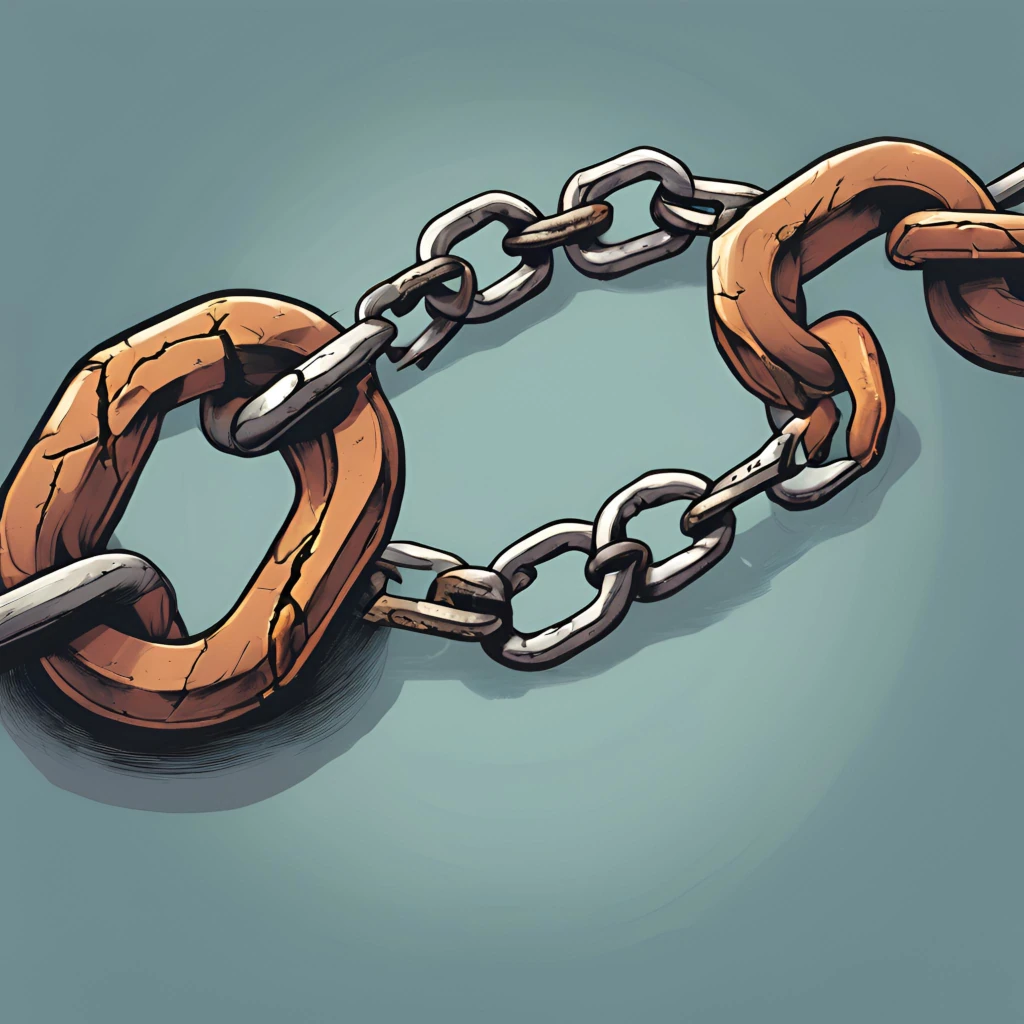Molloy DSG Professional Digest
Regularly Updated Content for Leaders & Experts

A Team is "Only as Good as the Weakest Link"
The adage "a team is only as good as its weakest link" underscores the importance of individual contributions to collective success. This concept highlights how the performance, attitude, and engagement of each team member can influence the overall effectiveness of the team. In this context, toxic leadership that plays loose by the rules can significantly exacerbate the issue of the weakest link, undermining team cohesion, morale, and productivity.
Understanding the Weakest Link in a Team
The "weakest link" refers to the member whose skills, behaviors, or attitudes fall short of the team's standards, potentially hindering overall performance. This can manifest in various ways, such as lack of expertise, poor communication, low motivation, or disruptive behavior. When one member consistently underperforms or fails to meet expectations, it can place additional strain on other members, leading to frustration, decreased morale, and reduced efficiency.
In a healthy team environment, efforts are made to support and develop all members, helping to strengthen weaker links. This scope should involve anything from termination, to additional training, mentoring, or redistributing responsibilities in a way that plays to individuals' strengths. However, when leadership is toxic, these supportive measures may be absent or ineffective, exacerbating the problem.
The Role of Toxic Leadership
Toxic leadership is characterized by behaviors that undermine the well-being and performance of team members, including authoritarianism, lack of empathy, fraternistic culture, alcohol, drug, or sex abuse, inconsistency, and favoritism. Such leadership can amplify the negative impact of the weakest link in several ways:
1. Erosion of Trust and Communication:
Toxic leaders often create an environment of fear and mistrust, where open communication is stifled. Team members may be reluctant to voice concerns or seek help, fearing reprisal or ridicule. This lack of communication can prevent the identification and resolution of issues related to performance.
2. Lack of Support and Development:
In a toxic environment, leaders may neglect the professional development of team members, failing to provide the necessary resources or guidance to improve performance. This neglect can leave weaker members feeling unsupported and undervalued, which can worsen their performance and morale.
3. Promoting a Bully Culture:
Toxic leaders often deflect responsibility and blame team members for failures, which can disproportionately affect the weakest link. This bully culture can lead to scapegoating, where the underperforming member is blamed for broader team issues, increasing stress and reducing the individual's motivation to improve. Standards are higher for leadership positions, and when disrespect is exhibited directly by leadership, the disrespectful person should be terminated.
4. Creating Division and Conflict:
Toxic leaders may foster division by playing favorites, playing loose by the rules, or creating competition among team members. This divisive atmosphere can isolate the weakest link, reducing opportunities for collaboration and peer support, and potentially leading to workplace conflict.
Addressing the Issue
Addressing the impact of the weakest link in a team, particularly in the context of toxic leadership, requires a multifaceted approach:
Leadership Analysis & Development:
First, remove all toxic leaders – organizations must prioritize placement of leaders who are supportive, communicative, and skilled in conflict resolution. Effective leaders can identify and address the weaknesses within their teams constructively.
Fostering a Positive Culture:
A healthy workplace culture promotes openness, continuous learning, and mutual respect. This environment encourages team members to support each other and facilitates the development of weaker links.
Providing Training and Resources:
Continuous professional development opportunities help all team members to improve their skills and contribute more effectively to the team.
Implementing Fair Performance Management:
Performance management systems should focus on development rather than punishment, providing clear feedback and actionable improvement plans based on a known and abided-by schedule.
While every team may have members with varying strengths and weaknesses, the performance of the team is significantly shaped by the quality of leadership. Toxic leadership exacerbates the challenges posed by underperforming members, harming team cohesion and productivity. By fostering supportive, constructive leadership and a positive team culture, organizations can mitigate these issues, ensuring that every member can contribute to the team's success. However, when directly involved with an organizational culture that is rotten from the top–then it's best to seek greener pastures as it is unlikely an organization built on deceit will succeed.
